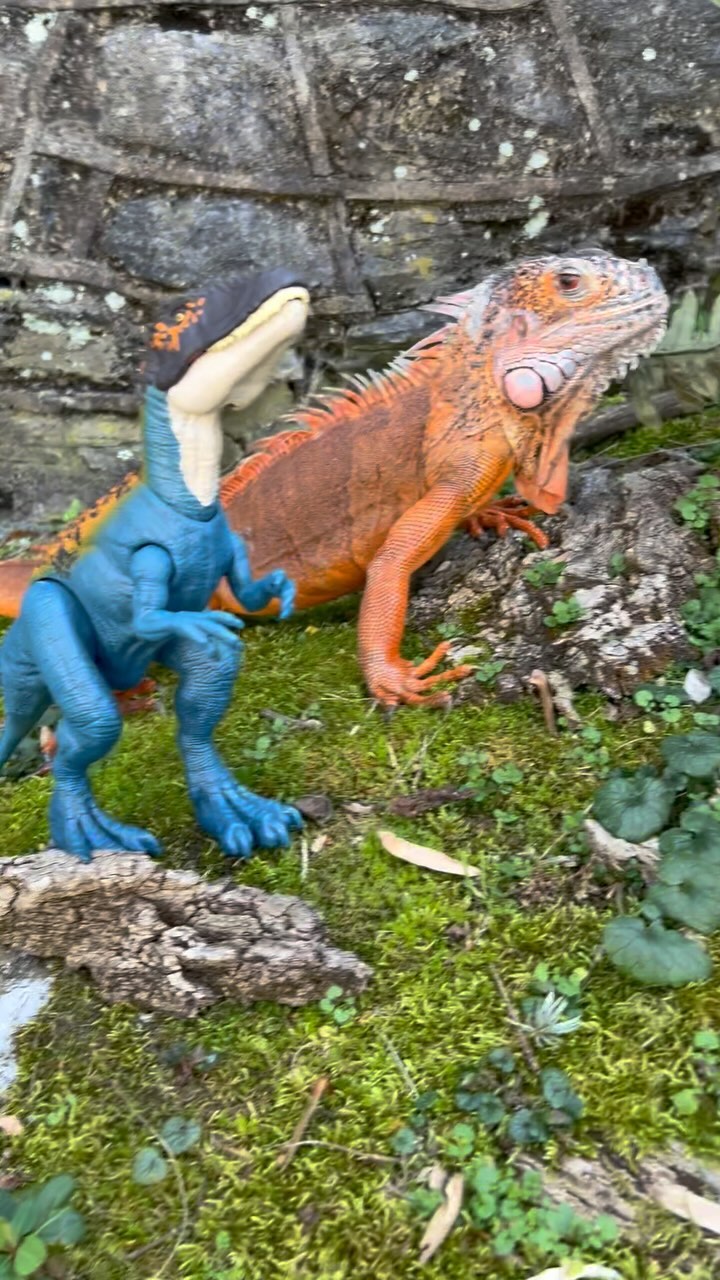– Introduction to Houdini the green iguana and his role in the education department
– The importance of reptiles in educational programs for wildlife conservation
– Insights into the biology and behavior of green iguanas
– The role of green iguanas in their natural ecosystem and the threats they face
– Best practices for iguana care and management in zoological settings
Houdini, the green iguana, is the latest addition to the zoological park’s education department. It offers visitors a unique opportunity to learn about these magnificent creatures firsthand. Houdini is settling in well, already basking in the attention setting from zoo staff and visitors alike. As a resident of the education department, Houdini serves as an ambassador for his species, helping to teach the public about the significance of reptiles in the natural world and the challenges they face.
Iguanas, including Houdini, belong to a group of lizards known for their vivid colors, intricate behaviors, and vital ecological roles in their native habitats. As an educational animal, Houdini provides an engaging platform for zoo educators to discuss complex ecological concepts and conservation issues with the public. One of the major reasons for incorporating live animal encounters in educational programs is that they enhance learning by making abstract ideas tangible.
Green iguanas are native to Central and South America, thriving in various forested habitats. HoHoudini’s species is arboreal, spending most of its time in trees, and is known for its ability to adapt to different environments. In their natural habitat, green iguanas are important seed dispersers, contributing to the health of their ecosystems. By consuming fruit, these iguanas aid in spreading seeds through their waste, fostering plant diversity.
Green iguanas such as Houdini are characterized by their green scales, which provide excellent camouflage in lush foliage. These reptiles exhibit various fascinating behaviors and physical adaptations, such as dewlaps (flaps of skin) used by males for territorial displays and thermoregulation. Understanding these behaviors and characteristics helps zoo educators to provide accurate and engaging information to visitors, fostering a deeper appreciation for these remarkable animals.
Despite their prehistoric appearance and resilience, green iguanas are not immune to the pressures of human activity. Habitat loss, hunting for meat and leather, and the pet trade pose significant threats to green iguana populations. By introducing visitors to Houdini and discussing these issues, educational programs aim to inspire action and awareness, which are crucial for conservation.
Caring for green iguanas in a zoological setting, like the care provided for Houdini, requires a specialized approach. Proper iguana management involves creating a habitat that mimics their natural environment as closely as possible, providing adequate space for climbing, basking spots, and a diet rich in fresh vegetables and fruits. Temperature and humidity control are particularly important for these cold-blooded animals who rely on external heat sources for thermoregulation.
By showcasing animals like Houdini, the green iguana, zoos play a pivotal role in conservation education. HoHoudini’s daily activities, from athletic climbing to interactions with caregivers, entertain and enlighten visitors about the complexity and beauty of nature’s living dinosaurs. Through this hands-on learning and personal connection with wildlife, zoos can foster a future generation dedicated to preserving the planet’s biodiversity.
As guests visit Houdini and his kin at the education department, each encounter reminds them of the delicate balance within ecosystems and the collective responsibility to protect these green ambassadors of the wild. Through these immersive experiences, zoos strengthen public support for wildlife conservation and instill a sense of stewardship that transcends the zoo’s boundaries.
*****
Source Description
Houdini, the green iguana, is hanging out with our newest additions to the education department! We hope you’ll meet all of our living dinosaurs soon!


